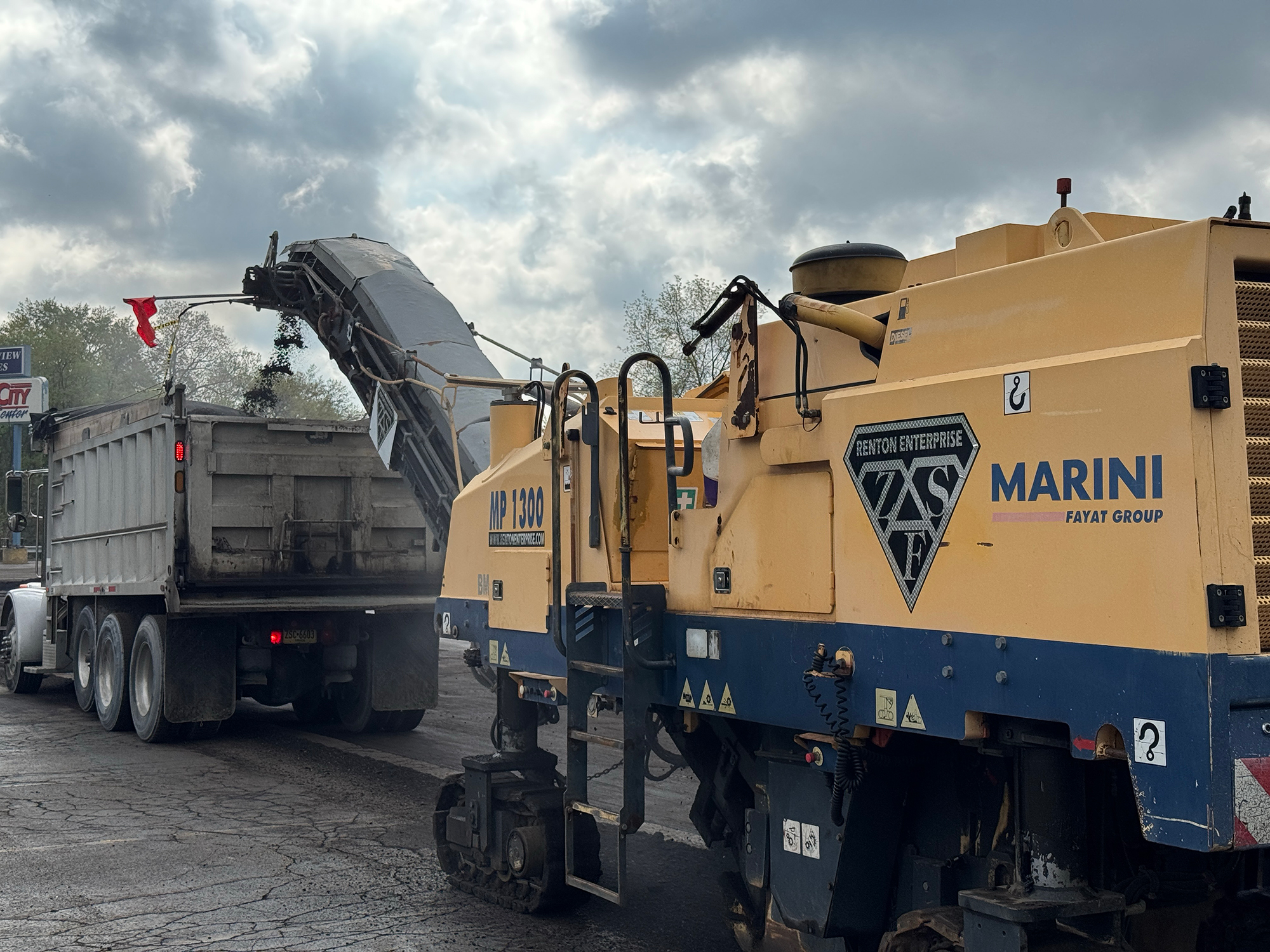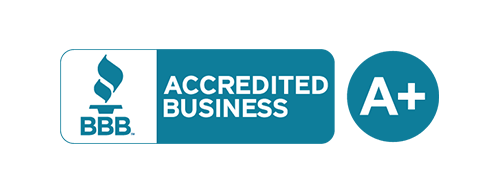
The asphalt industry is evolving fast in response to new technologies, environmental demands, and infrastructure funding. As we move through 2025, contractors, municipalities, and private developers are all looking for better, faster, and greener ways to pave.
Here are the top asphalt trends shaping 2025—and what they mean for your next project.
1. Sustainable Asphalt Solutions Are Becoming Standard
Green paving is no longer a niche—it’s the expectation. In 2025, expect wider use of:
-
Reclaimed Asphalt Pavement (RAP) to reduce waste
-
Warm-mix asphalt that lowers emissions
-
Bio-based binders made from plant-based materials
Municipalities and commercial clients are prioritizing sustainability in their bids, and asphalt producers are innovating to meet the demand.
2. Smart Asphalt & Embedded Sensors
Imagine asphalt that “talks back.” In 2025, more roads and parking lots are being built with:
-
Embedded sensors to detect cracks, moisture, and temperature
-
Real-time performance monitoring to reduce maintenance costs
-
Integration with smart city infrastructure
This tech allows for predictive maintenance, which reduces long-term repair costs and extends pavement life.
3. AI-Powered Paving & Quality Control
Artificial intelligence and machine learning are playing a major role in:
-
Optimizing paving temperatures and roller passes
-
Predicting pavement performance based on weather and usage
-
Detecting defects via drone imagery and software analysis
Contractors using AI tools are completing projects faster with fewer reworks.
4. Permeable Asphalt Gaining Traction
With stormwater regulations tightening, permeable (porous) asphalt is in high demand for:
-
Parking lots
-
Sidewalks
-
Low-traffic roads
It allows rainwater to filter through, reducing runoff and flooding—an attractive feature for urban developments and LEED-certified projects.
5. Increased Federal & State Funding for Paving Projects
Thanks to continued infrastructure investment in the U.S., 2025 is seeing:
-
More public bids for resurfacing and rehabilitation
-
Emphasis on longer-lasting, low-maintenance materials
-
Funding incentives for using recycled or green asphalt
This is a major opportunity for asphalt contractors with government experience and sustainable practices.
6. 3D Paving Technology & Automation
Precision paving has arrived. 3D systems connected to GPS and automated equipment allow for:
-
Smoother surfaces
-
Reduced material waste
-
Faster production times
In 2025, top contractors are combining automation with skilled crews for maximum quality and efficiency.
7. Focus on Longevity: High-Performance Asphalt Mixes
Clients are moving away from “cheapest-first” thinking. Instead, they’re investing in asphalt mixes designed to last 20–30 years, using:
-
Polymer-modified binders
-
Fiber reinforcements
-
Anti-rutting and anti-cracking additives
This shift is driven by lifecycle cost savings and reduced disruption.
Final Thoughts
Asphalt in 2025 is cleaner, smarter, and more resilient than ever before. Whether you’re managing public infrastructure or planning a commercial project, understanding these trends can help you:
-
Make better material decisions
-
Extend the life of your pavement
-
Reduce environmental impact
-
Win more competitive bids
At Renton Enterprise, we stay ahead of the curve by investing in technology, training, and sustainable methods—so our clients get the best value for every square foot of asphalt.
Need a forward-thinking partner for your next paving project?
Let’s talk. Contact us for a consultation or get estimate.







